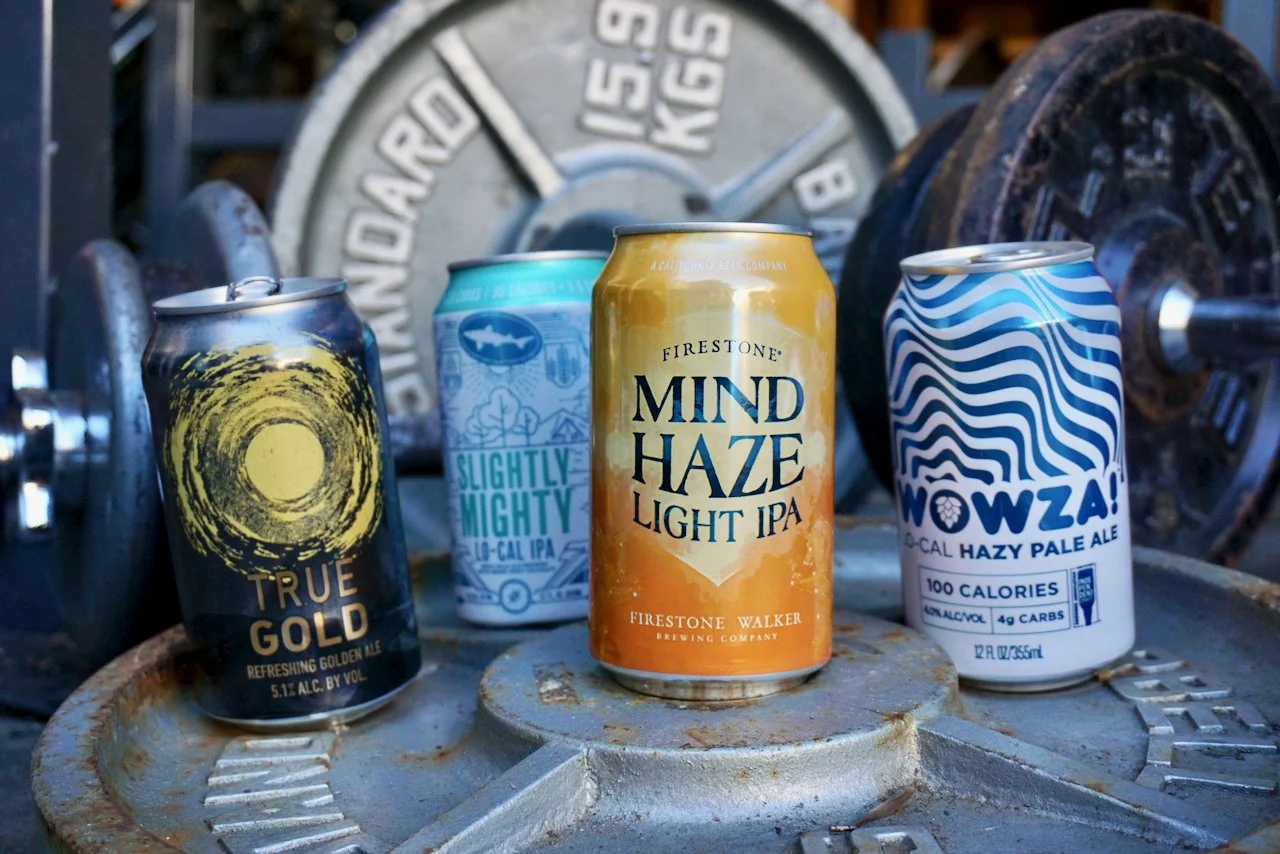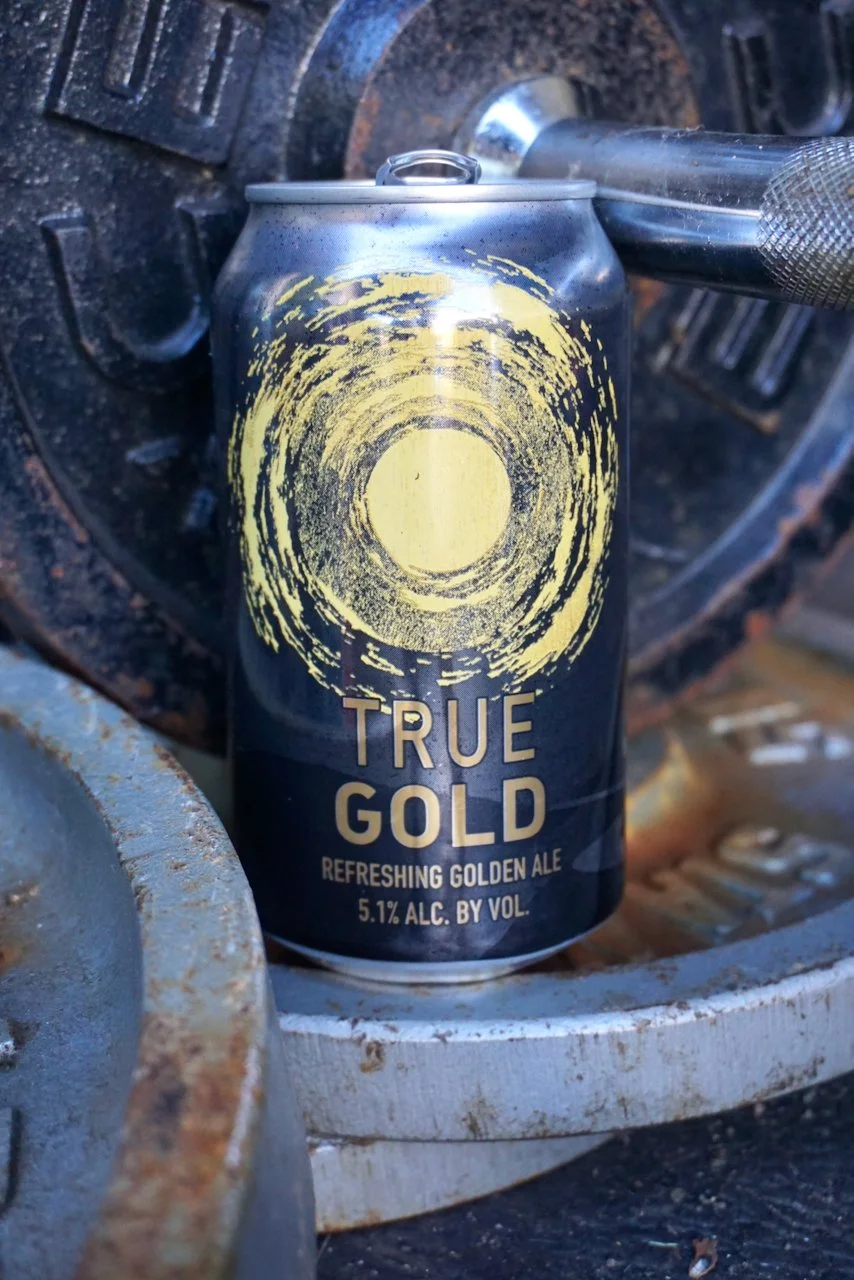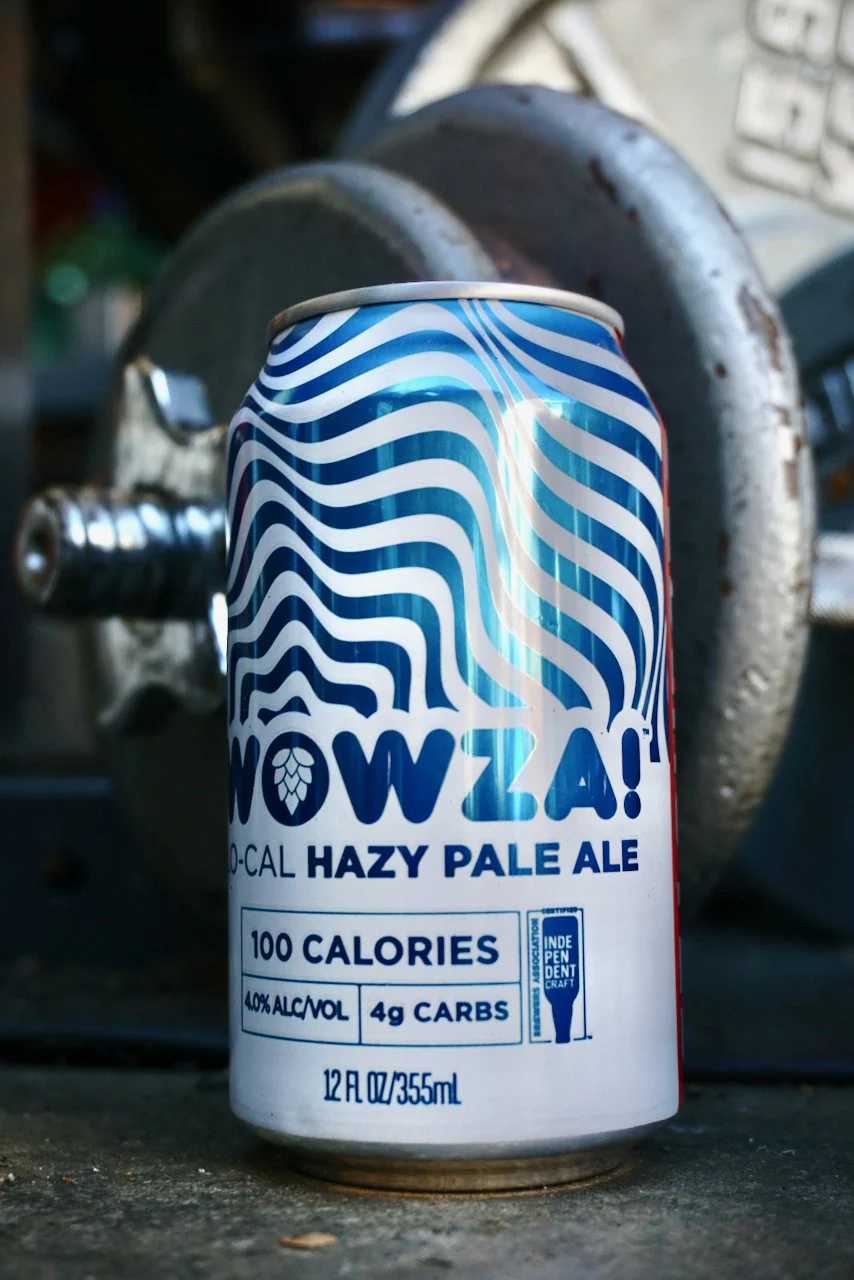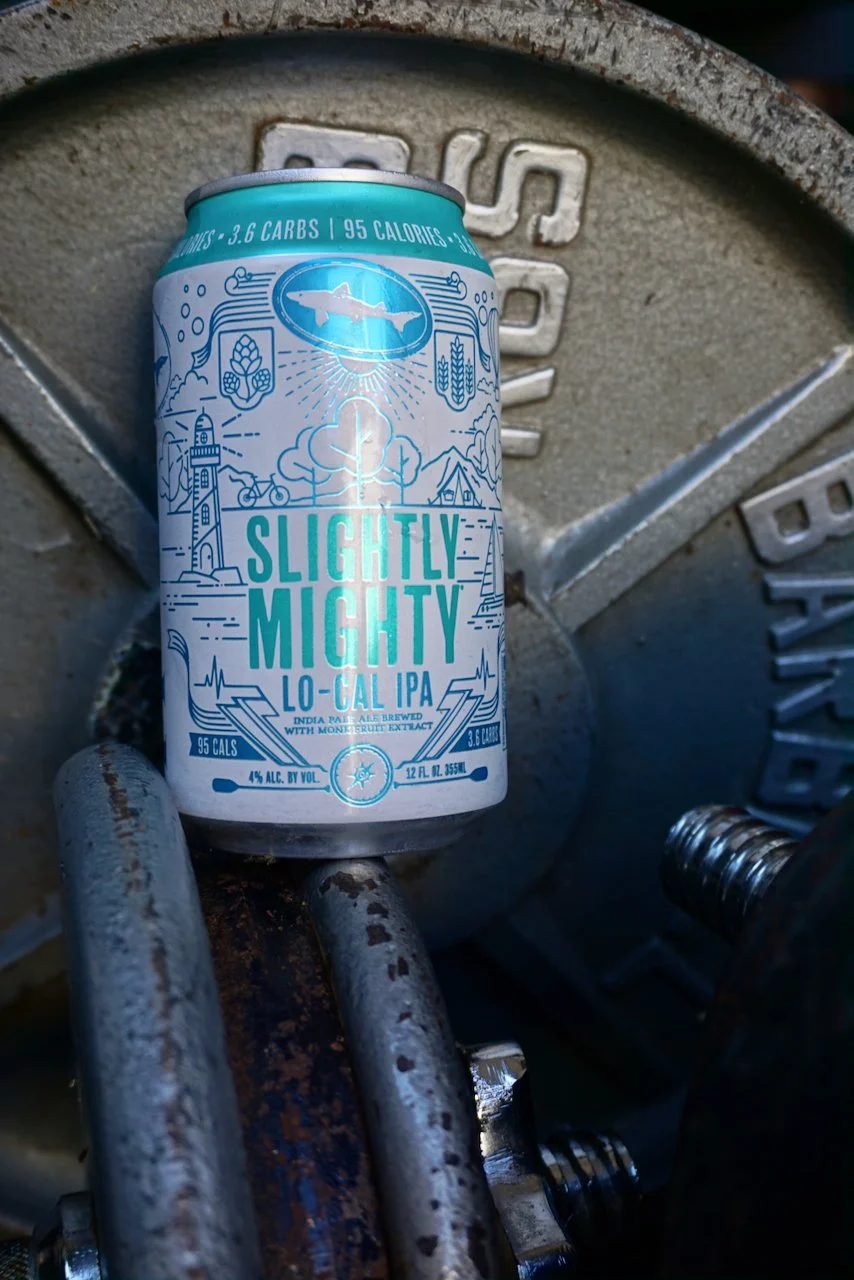How Craft Breweries are reclaiming Light Beer
Craft breweries are taking back the light beer segment just like they reclaimed beer styles from macro brewers watered down conventionality. Ever since global beer behemoths launched “lite” versions of their already watered down industrial lagers, the segment has left a bad taste in the mouths of consumers wanting more with less abv. Modern day brewing innovators are changing the perception that lower alcohol means less flavor by using the tricks of the big brewers mashed up with microbrewers ingenuity.
According to the Allied Market Research group the light beer market size was valued at $285.3 billion in 2019, and is expected to garner $338.8 billion by 2027. On the basis of production, the craft brewery segment accounted for the maximum light beer market share in 2019. Drivers of the growth are the younger generation and an increase of female beer drinkers, both are/or should be the most sought after groups for craft breweries to sustain or even expand in the long-term.
Light beer need not need to be “LITE” flavored beer.
These are the leaders of the pack changing perceptions and bringing in a new fanbase necessary to sustain the industry in the future.
Firestone Walker Mind Haze Light
Instead of creating a brand new light beer, Firestone Walker leaned on what they had already accomplished with the family of IPAs that includes Mind Haze, Double Mind Haze and the Mind Haze Tropical Hazy Mixed Pack. Mind Haze Light was still a considerable challenge, the task was retaining everything that made the original Mind Haze launched in 2018 so successful but this time in just 4% alcohol by volume. To achieve this, brewmaster Matt Brynildson had to use all the tools in his considerable toolbox.
The most difficult aspect of making a any light beer low abv and low calories is how to make it not taste thin, or less than, a regular full strength beer. The first task was removing calories and alcohol, and to do that they employ an enzyme called Alpha Amylase that causes the degradation of starch molecules and hydrolyzes them into small-chain dextrins more consumable by yeast. This was a trick employed by brewers of Brut IPA’s with the enzyme added in the boil kettle, the end effect being a lighter and much drier beer. In the case of Mind Haze Light, Brynildson opted to add the enzyme in the mashing of the grains instead, this is a softer approach that takes the edges off of the process and does not result in a completely bone dry final gravity.
“It’s almost using big brewers tricks for a more artful purpose,” says Brynildson. “They tend to work really well when you are making these light and delicate beers.”
Breaking down those complex starches with the enzyme results in the loss of mouthfeel and those delicious esters and signature fusel alcohols that give great beer the complex notes of fruit, granola, and citrus that come from higher gravity intense fermentations. It’s why a barleywine tastes so much more rich and dense than a pilsner. But how do you get those flavors without making a burly high carbohydrate and alcoholic beer?
“Some brewers have found if you brew the beer at a higher strength and then dilute them down they have a better flavor profile because of how the yeast breaks down sugars,” says Brynildson. “So we have that higher-gravity component to bring the esters back--it's a nice trick to give the illusion of the elevated mouthfeel and flavor associated with higher-gravity beers. We also create grist and hop bills that bring a lot of flavor and mouthfeel to the beer.”
The final problem to solve in this equation was how to bring the full mouthfeel back without adding less beery ingredients like sugar-free sweeteners, Brynildson found the answer in just picking the right kinds of hops.
While usually considered to be primarily beers chief flavoring ingredient, hops can actually contribute to mouthfeel and body. While developing Firestone Walker’s Session IPA Easy Jack in 2013, Mosaic hops were just becoming familiar to many brewers who were noting they had a quality that went beyond flavor and aroma.
“There were a number of brewers saying not only were Mosaic hops amazing but they had this full texture, this sort of saturated hop texture. So I immediately started using it to layer it in with these other hops to create a backbone. It’s an interesting challenge for a brewer to find that balancing point,” says Brynildson. “The hops we choose, such as Mosaic, Cashmere and Sabro, have a lot of mouthfeel and assertive hop character. So we're essentially using every trick in the bag to deliver that full texture and flavor and balance in a lighter IPA.”
In the end, Mind Haze Light still shares considerable DNA with the original Mind Haze, including the same yeast strain as well as a grist bill that employs wheat and oats, but at the opposite end of the spectrum at an ABV of just 4%.
Breakside Brewery launched True Gold as a sessionable alternative for consumers that found IPA’s too strong or bitter, but enjoyed the full flavors of hops and malt in a crushable can. A beer that packs in a lot of flavors of stronger beers but in a lower ABV format. True Gold has never been marketed as a “light” beer, but it very much fits the category using some of the same tricks at others to get to a slightly stronger than most 4.8% abv.
Breakside brewmaster Ben Edmunds did not want to counter any of the success they have had on their other award-winning beers by doing anything to degrade the alcohol, carbohydrates and naturally derived malt sweetness and body. Having found that the Breakside house yeast strain tends to create more sulfur and a rougher finished product when fermenting lower gravity beers, they decided on brewing stronger.
“Most of our beers start between 13 and 15 degrees Plato, and we've found that our house yeast is basically habituated to fermenting worts in that range. For us to make a 4.8% beer like True Gold, we'd need to typically start the fermentation no higher than 10.8 degrees Plato. It may not seem it but that difference between 13 and 10.8 is pretty impactful to the yeast,” says Edmunds.
True Gold is brewed to be a strength of up to 6% ABV, which achieves a higher yield and desireable fermentation related flavors. To get it down to under 5% they add sterile deaerated water to hit their target. But this in itself requires some novel approaches to recipe design to avoid a thin final beer.
The malt bill for True Gold more closely resembles the maltier craft beers of the past, but ends up tasting more like the present. The brewery leans on specialty malts you wouldn’t find in most light modern beers, like light crystal malt, and malted wheat, that impact wort extract and fermentability.
“Knowing that you'll end up diluting some of the malt artifacts later on for the finished beer, you have to sort of finesse those aspects of the recipe as well in anticipation of a slightly less traditional wort substrate,” says Edmunds. “I don't think that every beer should be brewed this way, but it is a way to push more fermentation-driven complexity into a lower alcohol beer.”
True Gold is lightly malty, lager-like ale, with contemporary Galaxy and Mosaic hops for a bouquet of tropical fruit, berries, and savory dank aroma with very little bitterness in 18 IBUs. “This is the kind of beer you want at the end of hike, after a day skiing, or while relaxing with friends after work,” says Edmunds.
Deschutes Brewery Wowza!
WOWZA by Deschutes Brewery is a full-flavored, hazy pale ale that was ahead of the lite beer pack when it launched in 2019. Subtle citrus notes and a hop forward aroma join flavors of candied orange, passion fruit and blackberry with a crisp, light finish in this 4% ABV beer. To create WOWZA Deschutes tried something different then the other breweries playing in this space.
Brewers start though with adding an enzyme in the mash that reduces the starches to glucose and makes them readily fermentable. This is the same enzyme and process that Brut IPA’s used to make them light, bone dry and play up the effervescent champagne type bubbles with carbonation. The enzyme along with the yeast not only makes the beer highly fermentable leaving less sweetness but also reduces the carbohydrates, sugars, and calories.
But the secret ingredient is Chicory root sourced from Cosucra Farms in Belgium. Added to the kettle during the boil, chicory root is a natural and fermentable ingredient valueable as a source of soluble fiber that adds fructans (inulin) that balances the body and creates a natural sweetener that does not affect the beers calorie count. Essentially it adds back in flavors and mouthfeel that might be removed by the enzyme. Wowza is brewed with Citra, Simcoe, Cashmere and Callista hops, and Pilsner, Wheat, Oats, and Acidulated malt and only 1.1-1.5 calories per gram compared to 4 calories per gram of carbohydrate.
Dogfish Head Slightly Mighty Lo-Cal IPA
Dogfish Head’s entry into the low calorie beer category is an approachable mildly hazy gold IPA that walks the line between west coast and east coast flavor profiles to please the middle. Slightly Mighty throws tropical notes of pineapple, coconut, mango and citrus, over locally grown malted barley with a crisp and aromatic finish. But in typical Dogfish fashion this seemingly basic light beer has it’s own unique secret ingredient - monk fruit.
Similar to the way Deschutes Brewery uses chicory root, Dogfish Head found their answer to adding sweetness, flavor and body with this ancient Chinese delicacy. Where typically IPA’s rely on high carbohydrate malt fermentables and unfermentables to balance bitterness and add mouthfeel, Monk fruit is actually sweeter than sugar per ounce, yet contains no calories and has it’s own culinary complexities. Monk fruit essentially acts as the beers skeleton says Dogfish Head. Slightly Mighty is only 95 calories, 3.6g carbs, 1g protein and 0g fat per 12oz serving, and currently vying for the best-selling light craft beer on the market. Take a look at Slightly Mighty’s “Beer Page” to track down a can.
To create a much lower alcohol version of their famed Two Hearted Ale, Bells Brewery leaned on techniques common in making Session IPA’s in more traditional methods. Though the initial recipe was based on Two Hearted with just less malt and hops, the brewers found that a little Munich Malt went a long way in adding the desired mouthfeel that slips away in a beer such as this that is only 3.7% ABV. The brewers also found that the 100% Centennial hopped Two Hearted Ale needed something more when it was reduced to about half the strength, to punch up the flavor and aroma they opted for the more tropical and pungent Galaxy hops out of Australia. The final piece of the puzzle was reducing the dry-hopping time, while this may seem counterintuitive, the speed at which a lower abv beer ferments and the added lightness meant it was being overwhelmed by the cold steeped hops but by pulling back they shined more brightly.







